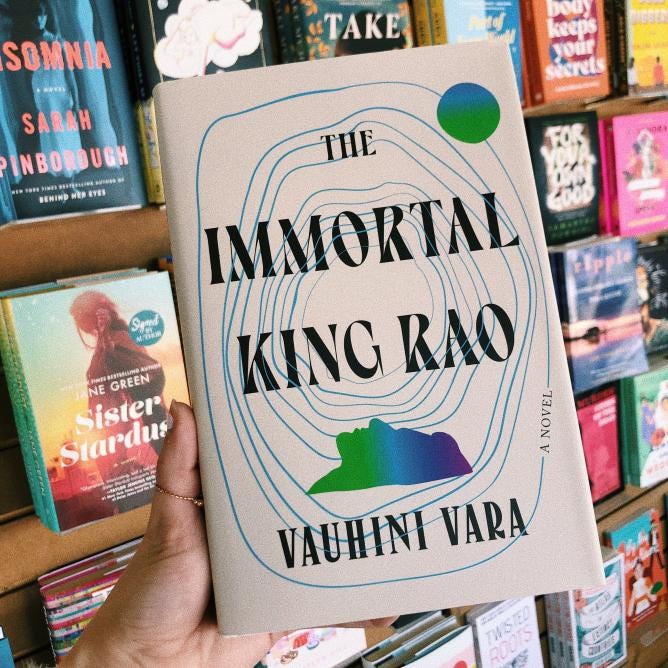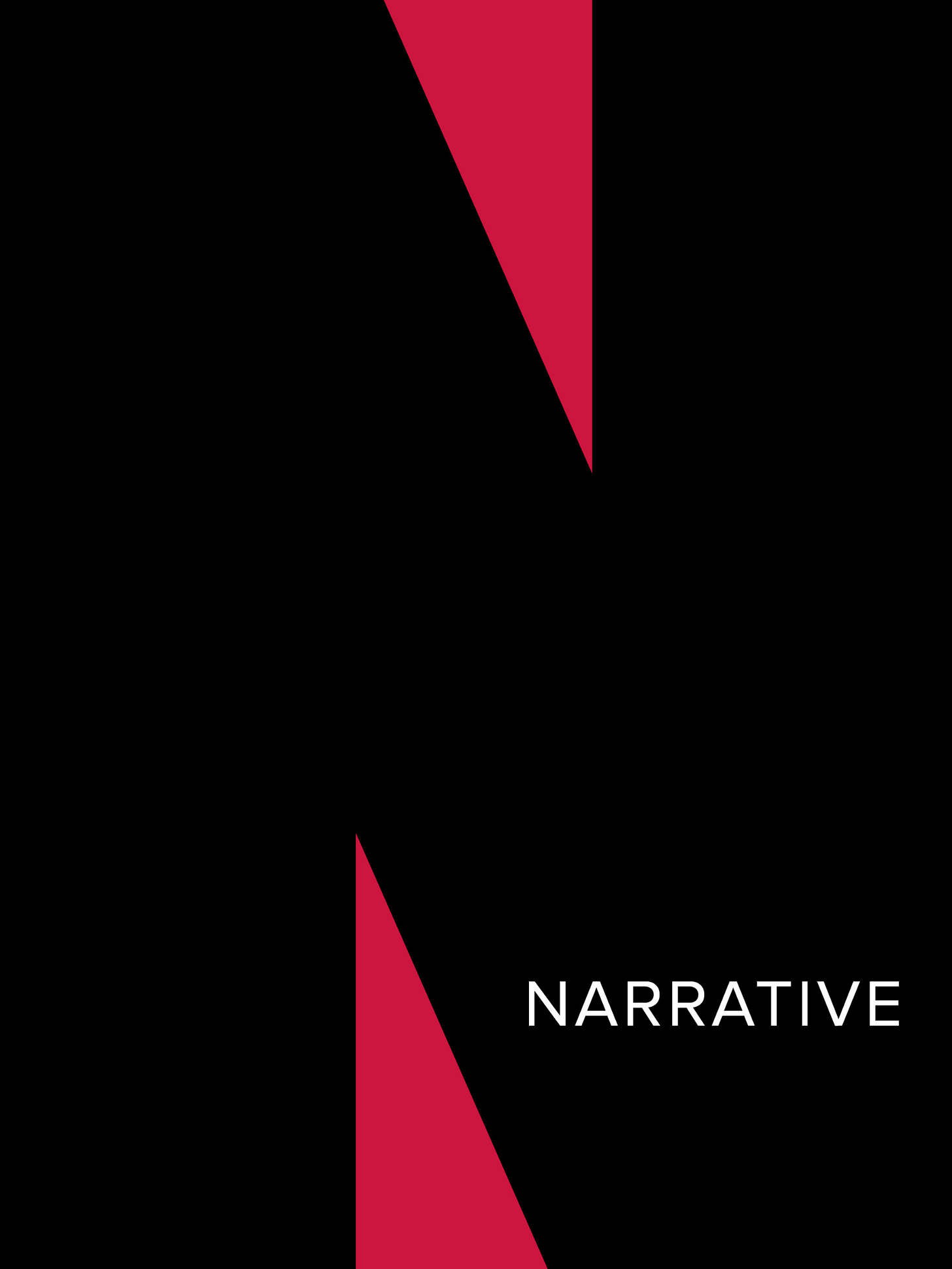Today, I am starting a series focused on the use of literature to engage students in meaningful conversations about the impact of generative AI on life and society.
In this series, I will showcase important works of fiction, nonfiction, and memoir that focus on advances in computer science, artificial intelligence, quantum mechanics, data analysis, climate science, and other future-centric topics.
When completing my doctorate at the Ohio State University, I had the good fortune to study with some brilliant scholars of literature, narrative, media, philosophy, and social discourse. The most influential was and still is Dr. James Phelan, a renowned rhetorical theorist, whose vast body of work has influenced a generation of students across a wide range of disciplines.
In 2015, Phelan joined forces with Henrik Skov Nielsen and Richard Walsh to articulate “Ten Theses about Fictionality.” For the sake of our discussion, “fictionality” is the quality that all works of fiction share. In Thesis 8, the research team posits that “Fictionality often provides for a double exposure of imagined and real.” I love the team’s use of a photographic metaphor. Great works of fiction reveal a double world: the imagined one as a mirror image of the actual world.
In their explanation of Thesis 8, the team observes: “Fictive communication may invite the reader or listener to map an engagement with representations of what is not onto what is. This mapping can substantially affect his or her sense and understanding of what is.” This observation very much reflects my own personal experience of reading.
More often than not, I emerge from a piece of powerful science fiction, for instance, not only refreshed from the escape and entertainment, but also possessing a fresh set of eyes. What world is this that I now live in? Its shapes and contours have slightly shifted. And yes, from such altered vision can come the basis of fresh resolutions and meaningful action.
The book I want to present to my readers is Vauhini Vara’s The Immortal King Rao (2022). I encourage teachers to get a hold of this book, and give it a read. For my humanities teachers, consider using it as a part of a unit on science fiction, transnational capitalism, climate change, artificial intelligence, post-colonial Indian history, cultures of protest and dissent, sexism and racism in the tech industry, consumerism, etc. The book offers a number of different openings for instruction.
Vauhini Vara’s The Immortal King Rao (2022), Finalist for the Pulitzer Prize
Check out these links of the author’s breakthrough AI-infused short story and the follow-up essay:
Vauhini Vara’s short story, “Ghosts” (2021), The Believer
Vauhini Vara’s essay, “Confessions of a Viral Author,” (2022) Wired
The Set-Up:
The novel progresses through three different vantage points:
(1) 1950s/1960s: The childhood and adolescence of King Rao
(2) 1970s-2020s: the education and professional life of King Rao
(3) 2030s: The final years of King Rao and life of Athena (narrating as “I”)
Vara expertly alternates between these sections to build toward the novel’s final climax where King Rao and Athena’s destinies overlap. Here, I will refrain from spoiling the ending.
The Purpose:
The following describes just one of the novel’s many complex purposes. Here I intend this analysis as an initial throughline for additional lesson-planning and project-building.
Vara’s project is in part a close study of the forces that propel creative genius. Vara’s study contrasts outside forces with internal choices and processes, and asks readers to think about and evaluate the nature of King Rao’s achievements. King Rao’s achievements are by no means static in the story’s narrative. At first, King Rao creates computers that resemble early-generation Apple products. But as his company advances, the technology starts to take on a more intrusive, even sinister turn.
Admittedly, the wealthy 10% appear to enjoy the benefits of highly invasive AI-technology even as it is increasingly controlled by a Board of Directors and a governing Algorithm. But the mass of humanity in the US and abroad is in a horrific state of suffering in light of the advanced state of climate crisis.
Initially, readers align themselves with a community of outsiders who have self exiled themselves from the invasive technology, living in low-lying areas around the earth, but that alignment is complicated when their person, political, and ethical motives are revealed to be less altruistic than originally perceived.
Takeaways:
The novel offers an enticing “double exposure” for teachers to explore at length in various instructional settings.
Vara asks her readers to think seriously about the more mundane algorithms that motor our daily lives.
Tracking the novel’s intricate structuring between force and choice:
King Rao’s genius arises at flux between force and choice, and yet overtime, Rao loses control of his creativity as he becomes the force that is driving all consumers’ individual choices.
Similarly, readers live in world where there is much to gain by yielding many of life’s processes to algorithmic forces, and yet when readers-as-consumers cease to understand or control choices made about algorithmic forces, their creativity and individuality may be increasingly at risk—so Vara warns us in this novel.
But ultimately, Vara pits the threat of AI against climate crisis. Needless to say, climate crisis wins—as the human societies in the novel prepare for meltdown. Does AI offer some form of preservation of human knowledge or a hybrid way of living? The first option is not in the least satisfying as a solution to the climate crisis. The second is still a distant dream of science fiction. In this way, Vara position her novel as a double call to action: What to do about AI? What to do about climate change?
Your students are going to love.
Let me know how your lessons and discussions go.
Thanks for reading Educating AI!
Nick Potkalitsky







